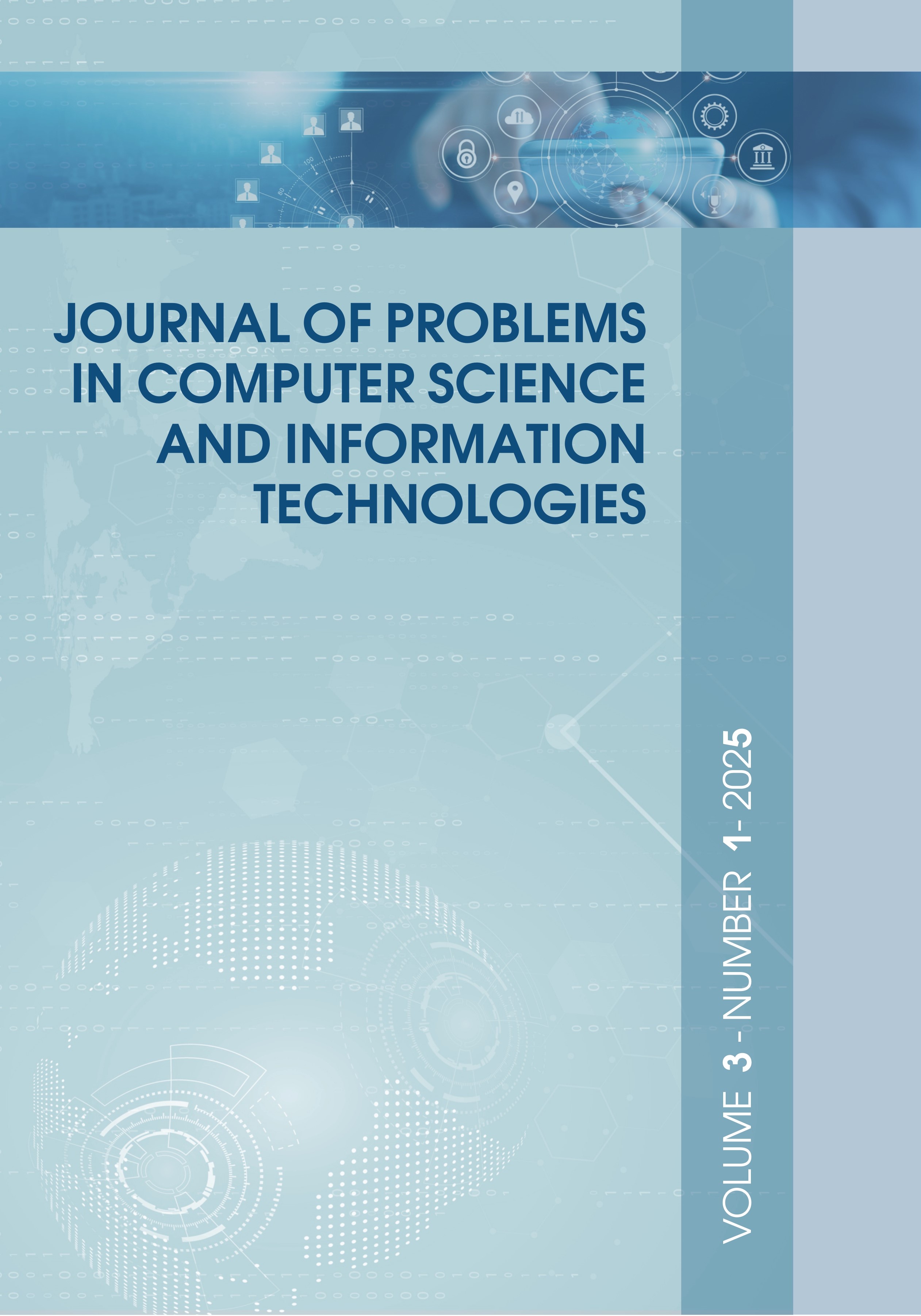AIR QUALITY PREDICTION BASED ON THE LSTM WITH ATTENTION USING METEOROLOGICAL DATA IN URBAN AREA IN KAZAKHSTAN
DOI:
https://doi.org/10.26577/jpcsit20253101Keywords:
Air pollution, LSTM with attention, LightGBM, PM2.5, PM10, KazakhstanAbstract
his study investigates air pollution prediction in urban Kazakhstan, specifically focusing on Almaty, utilizing machine learning models, LightGBM, and Long Short-Term Memory (LSTM) with an attention mechanism. The research addresses the limitations of current air quality monitoring systems and aims to improve the accuracy of predicting PM2.5 and PM10 concentrations using meteorological data. Results demonstrated that while LightGBM efficiently handled tabular data, LSTM with attention exhibited predictive accuracy by capturing temporal dependencies and handling data variability more effectively. LSTM with attention achieved RMSE values of 5.54 and 5.69 for PM2.5 and PM10, respectively, compared to LightGBM's 4.75 and 5.76. The findings also highlight correlations between pollution levels and environmental conditions such as time of day, wind direction, and temperature. We conclude that LSTM with attention is better suited for air quality predictions in complex urban environments, especially under dynamic meteorological conditions.







